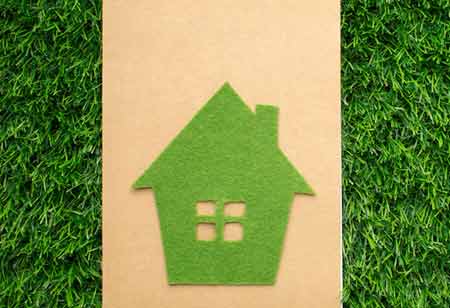Thank you for Subscribing to Construction Business Review Weekly Brief
Specials
- Apartment and Condominium Contractors Canada
- Decking Canada
- Architectural Glass Europe
- MEP APAC
- Construction Saudi Arabia
- German Apartment and Condominium Contractors
- Construction Law APAC
- Outdoor Construction
- Foundation Construction Canada
- MEP Canada
- Kitchen and Bath
- Cold Storage Construction APAC
- Precast Concrete Europe
- Construction Staffing Europe
- Pre-Construction Services
- Flooring System APAC
- Scaffolding Canada
- Swimming Pool Construction Canada
- Construction Management Canada
- Cold Storage Construction Canada
- Flooring Systems Europe
- Residential Construction
- Concrete Canada
- Construction Cladding Europe
- Construction Cladding APAC
- Concretes, Aggregates and Construction Materials APAC
- Concretes, Aggregates and Construction Materials Europe
- Commercial Contractors Europe
- Commercial Contractors APAC
- Dummy
- Construction Insulation, Coating and Waterproofing
- Construction Management APAC
- Landscaping Canada
- Construction Coating Europe
- Construction Tech Startups Europe
- Insulation Services Europe
- Mechanical Contractor Canada
- Mould Remediation and Testing Europe
- Swimming Pool Construction APAC
- Building Sealing Solutions Europe
- Construction Engineering Services
- Mechanical Electrical and Plumbing
- Roofing Systems Europe
- Architectural Glass APAC
- Startups APAC
- Construction Forensic and Owners Representative
- Flooring System
- Waterproofing APAC
- Wall Systems
- Safety and Compliance Europe
- Construction Bidding and Auctions
- Modular and Prefab Construction
- Architectural Glass
- Construction MENA
- Construction Demolition and Recycling Europe
- Modular Construction Europe
- Construction Interiors
- Steel Building APAC
- HVAC
- Doors and windows
- Construction Latam
- Building Information Modeling APAC
- Sustainable Construction APAC
- Building Restoration and Maintenance
- Commercial Contractors
- Specialty Construction
- Construction Engineering Canada
- Construction Engineering MENA
- Modular Construction Canada
- Modular Construction APAC
- Roofing and Siding Systems
- Workforce Management and Staffing
- Roofing Systems APAC
- Construction Consulting
- Steel Building Europe
- Construction Demolition and Recycling APAC
- Safety and Compliance APAC
- Concretes, Aggregates and Construction Materials
- Construction Cladding
Sustainable Insulation Options Gaining Ground in Europe's Eco-Conscious Market
Green insulation options are crucial for achieving Europe's ambitious sustainability goals. By embracing innovative materials, promoting circular economy principles, and fostering continuous research and development, Europe can lead the way in sustainable building practices and create a more energy-

By
Construction Business Review | Friday, November 14, 2025
Stay ahead of the industry with exclusive feature stories on the top companies, expert insights and the latest news delivered straight to your inbox. Subscribe today.
FREMONT CA: In Europe, where energy efficiency and sustainability are highly prioritised, green insulation options are experiencing substantial growth. These eco-friendly materials provide numerous advantages, including enhanced energy performance and a reduced environmental footprint.
Green insulation materials are becoming increasingly popular across Europe for their environmental benefits, energy efficiency, and performance. Among the most widely used options is cellulose insulation, crafted from recycled paper and cardboard. Known for its high R-value, it offers exceptional sound absorption, mould and pest resistance, and fire retardancy, contributing to significant energy savings. Mineral wool, derived from volcanic rock or recycled slag, stands out for its superior thermal and acoustic insulation, non-combustibility, and long-lasting durability, making it a preferred choice in fire-prone areas.
Sheep wool, a natural and renewable material, delivers excellent thermal and acoustic insulation while regulating moisture and enhancing indoor air quality. Its breathability and fire-resistant properties further promote healthier indoor environments. Hemp insulation, sourced from the hemp plant’s woody core, is biodegradable and sustainable, offering impressive thermal and acoustic performance and insect and pest resistance. Cork insulation, harvested from the bark of the cork oak tree, is both renewable and sustainable. It provides outstanding thermal and acoustic insulation, is naturally resistant to fire, mould, and pests, and reduces energy costs.
The benefits of green insulation extend beyond environmental sustainability. These materials significantly improve energy efficiency, reducing heating and cooling demands, lowering energy bills and reducing carbon footprint. Using recycled or renewable resources, green insulation minimises environmental impact while enhancing indoor air quality by absorbing pollutants and controlling moisture. Additionally, these materials contribute to more comfortable living spaces by regulating temperature and minimising noise.





